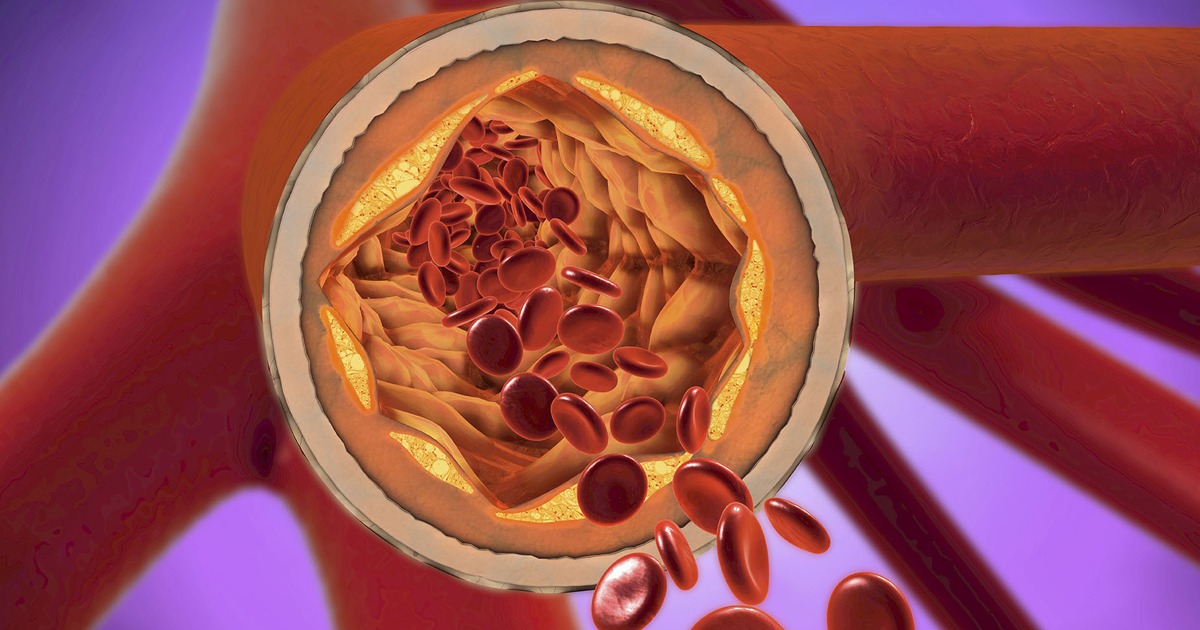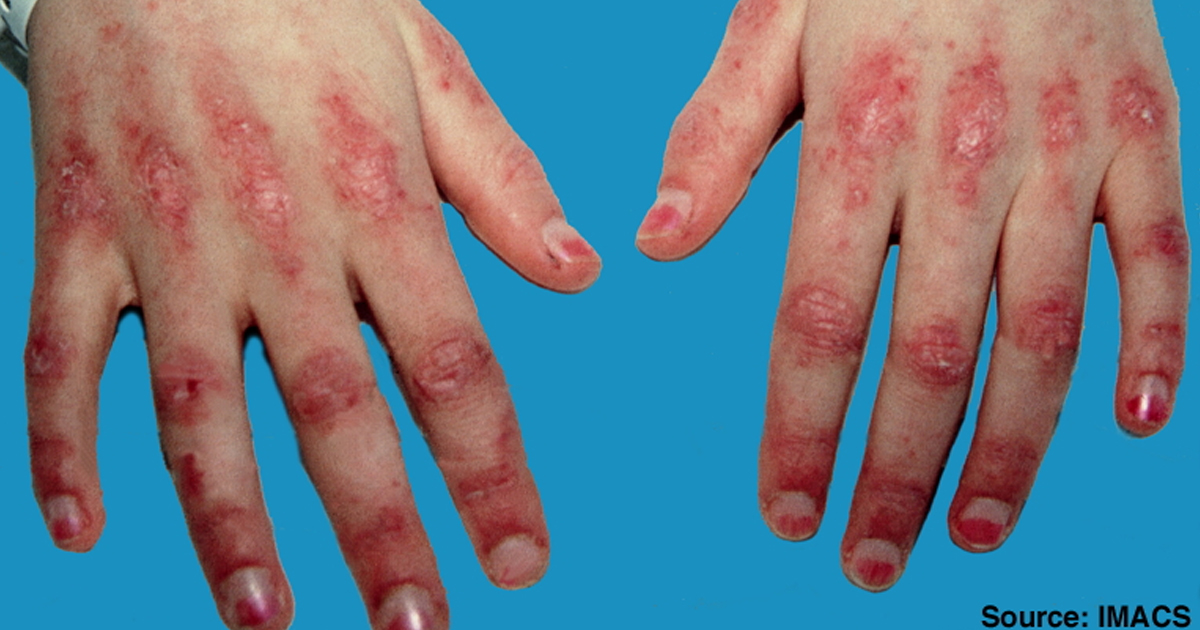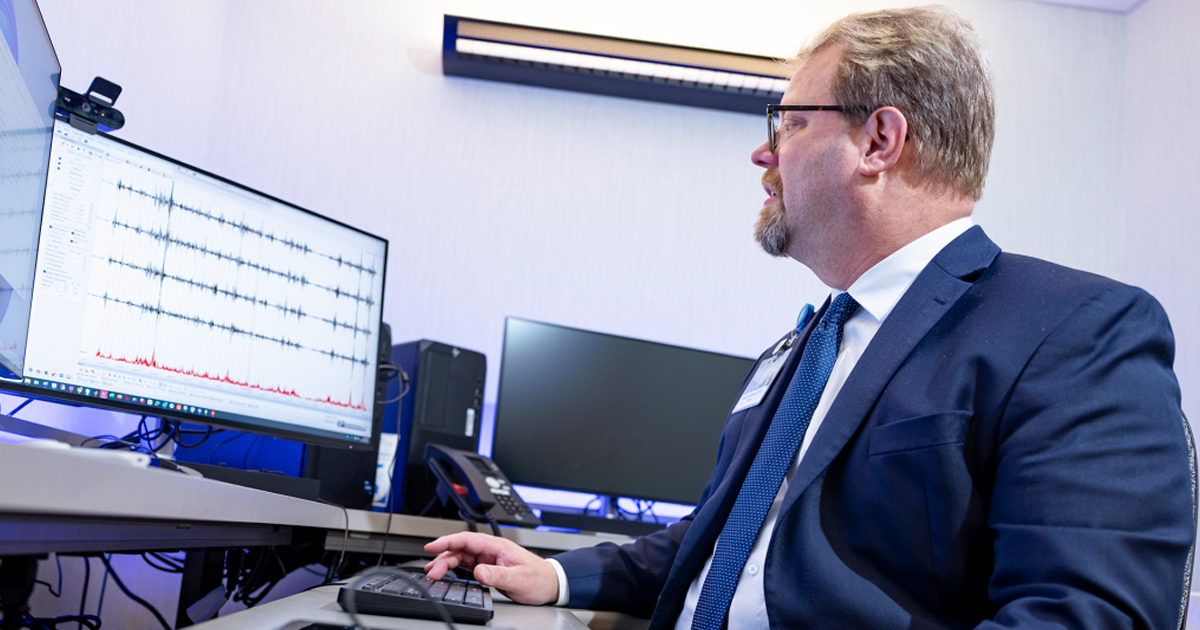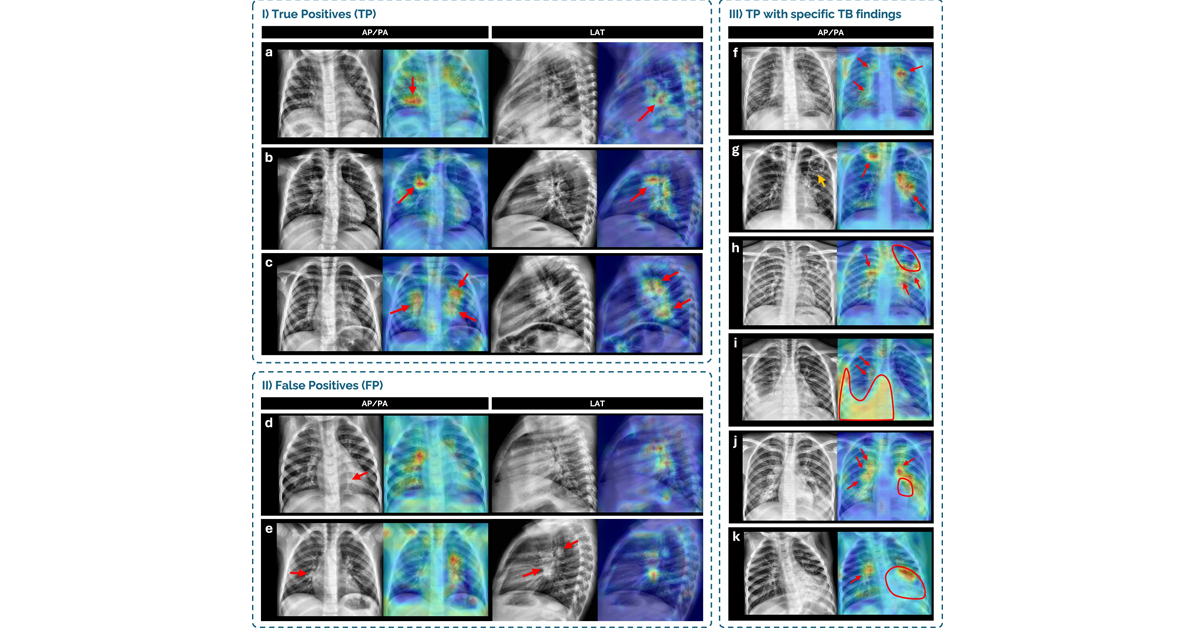Gracias a métodos de aprendizaje automático y profundo es posible realizar detecciones y pronósticos de COVID-19, utilizando radiografías y tomografías computarizadas de tórax. Sin embargo, a pesar de los avances del último año ningún modelo es apto para uso clínico aún.
Además de las pruebas PCR, los especialistas han complementado esa información con radiografías de tórax, para un diagnóstico de COVID-19 más completo. Además, en algunos países donde no hay suficientes pruebas PCR disponibles, el diagnóstico por imágenes podría ser un substituto.
Desde el comienzo de la pandemia, investigadores de diferentes países comenzaron a desarrollar modelos de Artificial Intelligence (AI), basados en machine learning, para mejorar el diagnostico de COVID-19. Según un análisis publicado en Nature Machine Intelligence, que analizó más de 300 estudios que utilizaron modelos basados en aprendizaje profundo y 69 basados en machine learning, los autores explicaron que: “A pesar de los enormes esfuerzos de los investigadores para desarrollar modelos de machine learning para el diagnóstico y pronóstico de COVID-19, encontramos fallas metodológicas y muchos sesgos a lo largo de la literatura, lo que llevó a un rendimiento informado altamente optimista”.
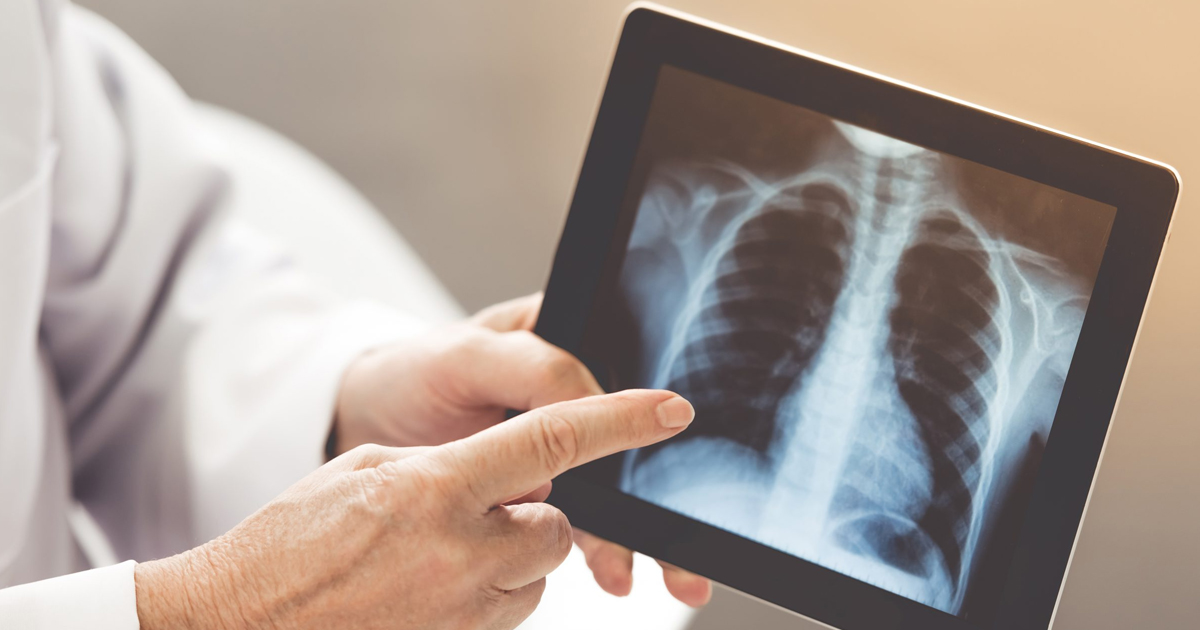
“Cualquier algorithm of machine learning es tan bueno como los datos con los que está entrenado. Especialmente para una enfermedad nueva como COVID-19, es vital que los datos de entrenamiento sean lo más diversos posible porque, como hemos visto a lo largo de esta pandemia, hay muchos factores diferentes que afectan el aspecto de la enfermedad y cómo se manifiesta”, explicó el Dr. Michael Roberts, del Departamento de Matemáticas Aplicadas y Física Teórica de la Universidad de Cambridge.
Finalmente, solo 62 de los estudios fueron analizados al cumplir con los criterios establecidos por los autores. Sin embargo, según explican los autores “en su forma informada actual, ninguno de los modelos de machine learning incluidos en esta revisión son candidatos probables para la traducción clínica para el diagnóstico / pronóstico de COVID-19”.
Los autores realizaron cinco recomendaciones principales para mejorar los modelos de detección y diagnóstico de COVID-19: (1) consideraciones al recopilar conjuntos de datos de imágenes de COVID-19 que se harán públicos; (2) consideraciones metodológicas para los desarrolladores de algoritmos; (3) cuestiones específicas sobre la reproducibilidad de los resultados en la literatura; (4) consideraciones para que los autores aseguren una documentación suficiente de las metodologías en los manuscritos; y (5) consideraciones para los revisores que realizan la revisión por pares de los manuscritos.


